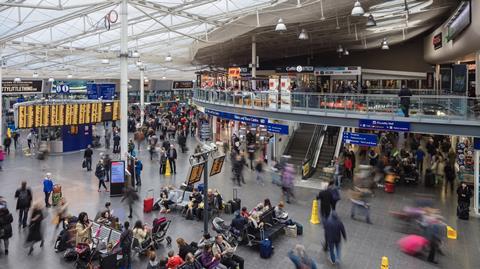
UK: The government has set out its ‘core goals’ for Great British Railways, set up a transition team led by Network Rail CEO Andrew Haines and announced a competition to select the future location of the national headquarters.
On October 4 Secretary of State for Transport Grant Shapps explained that the core goals for GBR are:
- changing the culture of the railways, not simply creating a bigger version of Network Rail;
- thinking like customers, both passengers and freight, and putting them first;
- growing the network and getting more people travelling;
- making the railways easier to use;
- simplifying the sector to do things quicker, driving down costs and being more accountable;
- having a can-do, not a can’t do culture;
- harnessing the best of the private sector;
- playing a critical role in the national shift to net zero.
The GBR Transition Team will be responsible for ‘driving forward’ reforms and creating the railway’s new ‘guiding mind’, initially focusing on revenue recovery from the pandemic, a whole-industry approach to tackling cost, promoting efficiency and establishing a strategic freight unit.
A competition is to be run to select a headquarters location for GBR outside London, which would ‘recognise towns and cities with a rich railway history that are strongly linked to the network’.
Responding to the announcements, Andy Bagnall, Director General at the Rail Delivery Group, said ‘the government’s reforms need to get the railway working better for every part of the country, so it is sensible to look beyond the capital to set up the headquarters for the new Great British Railways. Delivering much needed reform of the railway is good for passengers, and train companies want to work with government to get the details right’.
General Secretary of the RMT union Mick Lynch said ‘the location of strategic hubs for the rail network is a serious business and shouldn’t be subject to some sort of lottery. Staff at existing key rail locations should be given a reassurance by Grant Shapps that they won’t be uprooted and shunted from pillar to post.’



